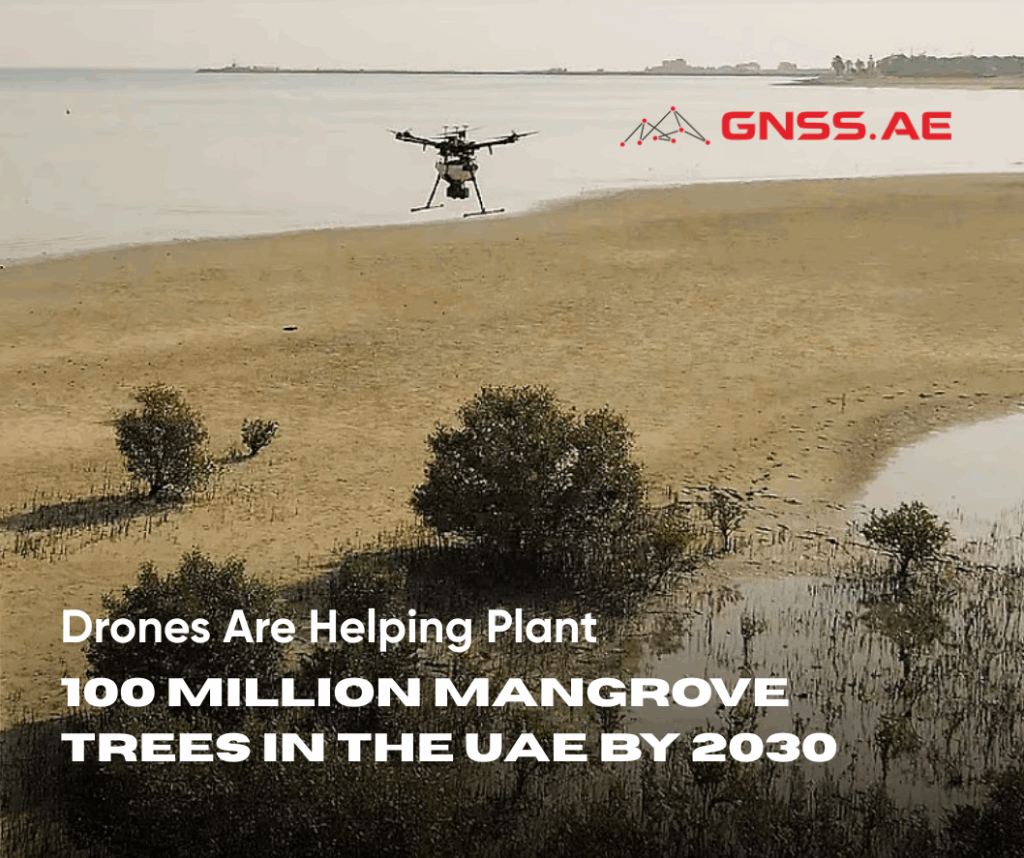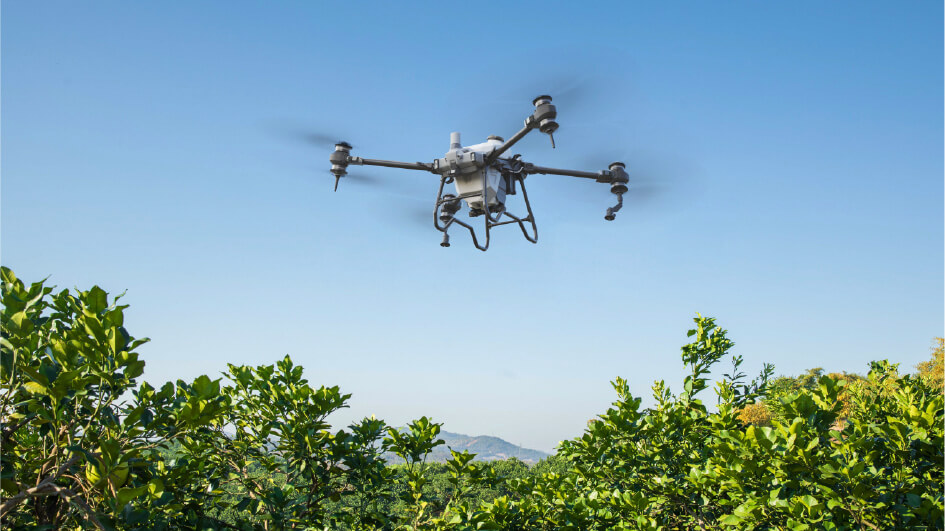
In Abu Dhabi, a groundbreaking environmental project is transforming coastal restoration. The Abu Dhabi Mangrove Initiative (ADMI), led by the Environment Agency – Abu Dhabi (EAD), is part of the UAE’s nationwide goal to plant 100 million mangrove trees by 2030. Harnessing cutting-edge drone technology and ecological science, the initiative is setting a global benchmark for large-scale, sustainable mangrove restoration.
Since its pilot phase in 2020, drones have been deployed to plant mangrove seeds with remarkable efficiency. Each drone can carry up to 6,000 Avicennia marina seeds—the dominant mangrove species in the UAE—and uses a delivery system that shoots them directly into tidal mudflats. This method ensures better seed embedding and higher survival rates compared to manual planting.
In 2023 alone, drones distributed over 6 million seeds, with success rates of up to 48% in early trials. By the end of the project’s first phase, more than one million mangrove seeds were planted across Abu Dhabi’s Al Dhafra region.
What sets this approach apart is its precision. “Everything is autonomous,” explains Cory Rhodes of Distant Imagery, the company designing and operating the drones for EAD. “We don’t plant in straight lines, we don’t plant in any of the pools or any of the channels and the system takes into account trees that are already there to shut the system off and on. By the time it’s done, it’s like as natural a forest as we can create.”
Mangroves are more than just coastal vegetation—they are climate superheroes. Globally, only 147,000 square kilometers of mangroves remain, and many face pressure from coastal development and climate change. Yet their ecological value is immense:
Carbon sequestration: Mangroves store carbon at rates several times higher than tropical rainforests.
Coastal protection: They shield shorelines from erosion, tidal surges, and storms.
Biodiversity: These ecosystems provide nurseries for fish and shelter for hundreds of bird and marine species.
Water purification: Mangroves naturally filter saline and brackish waters, improving coastal water quality.
Mangroves are more than just coastal vegetation—they are climate superheroes. Globally, only 147,000 square kilometers of mangroves remain, and many face pressure from coastal development and climate change. Yet their ecological value is immense:
Carbon sequestration: Mangroves store carbon at rates several times higher than tropical rainforests.
Coastal protection: They shield shorelines from erosion, tidal surges, and storms.
Biodiversity: These ecosystems provide nurseries for fish and shelter for hundreds of bird and marine species.
Water purification: Mangroves naturally filter saline and brackish waters, improving coastal water quality.

While drones are most commonly used in environmental projects for data collection and ecosystem monitoring, their active role in reforestation is expanding globally.
In the UAE, petrol delivery company CAFU has pioneered a project using drones at every stage of tree planting. In March 2021, drones successfully planted 10,000 Ghaf trees in the Dubai desert. The process began with aerial surveys to assess soil, wind, and humidity conditions. Artificial intelligence then identified the most suitable planting spots, generating GPS-marked maps for precision seed drops. Drones continue to conduct monthly inspections to monitor tree growth and survival.
Similar initiatives are underway worldwide. In Spain, startup CO2 Revolution has deployed DJI drones to accelerate reforestation after wildfires and logging, significantly lowering costs and timelines. In the UK, Dendra Systems has developed drone-based planting solutions that have been tested in Myanmar for mangroves and later expanded to projects in Australia, South Africa, and Morocco.
These global efforts highlight how drones can reduce the environmental footprint of reforestation, overcome logistical challenges, and make restoration scalable in diverse ecosystems.

The UAE’s mangrove journey began in the 1970s under the leadership of the late Sheikh Zayed bin Sultan Al Nahyan. Guided by his vision, the first mangrove plantation program was established along Abu Dhabi’s coasts. The ADMI builds on this legacy, combining traditional ecological knowledge with modern drone and AI technologies to expand mangrove coverage in a cost-effective, sustainable way.
Drone-based planting offers multiple benefits:
The Abu Dhabi Mangrove Initiative is more than a national project—it’s a global blueprint for nature-based climate action. By combining drone technology, ecological science, and international collaboration, the UAE is showing how innovation can accelerate ecosystem restoration while keeping natural processes at the core.
With the ambitious target of 100 million mangroves by 2030, Abu Dhabi is positioning itself as a world hub for mangrove research, conservation, and innovation. More importantly, it is demonstrating how technology and science can work hand-in-hand to heal ecosystems, protect coastlines, and fight climate change.